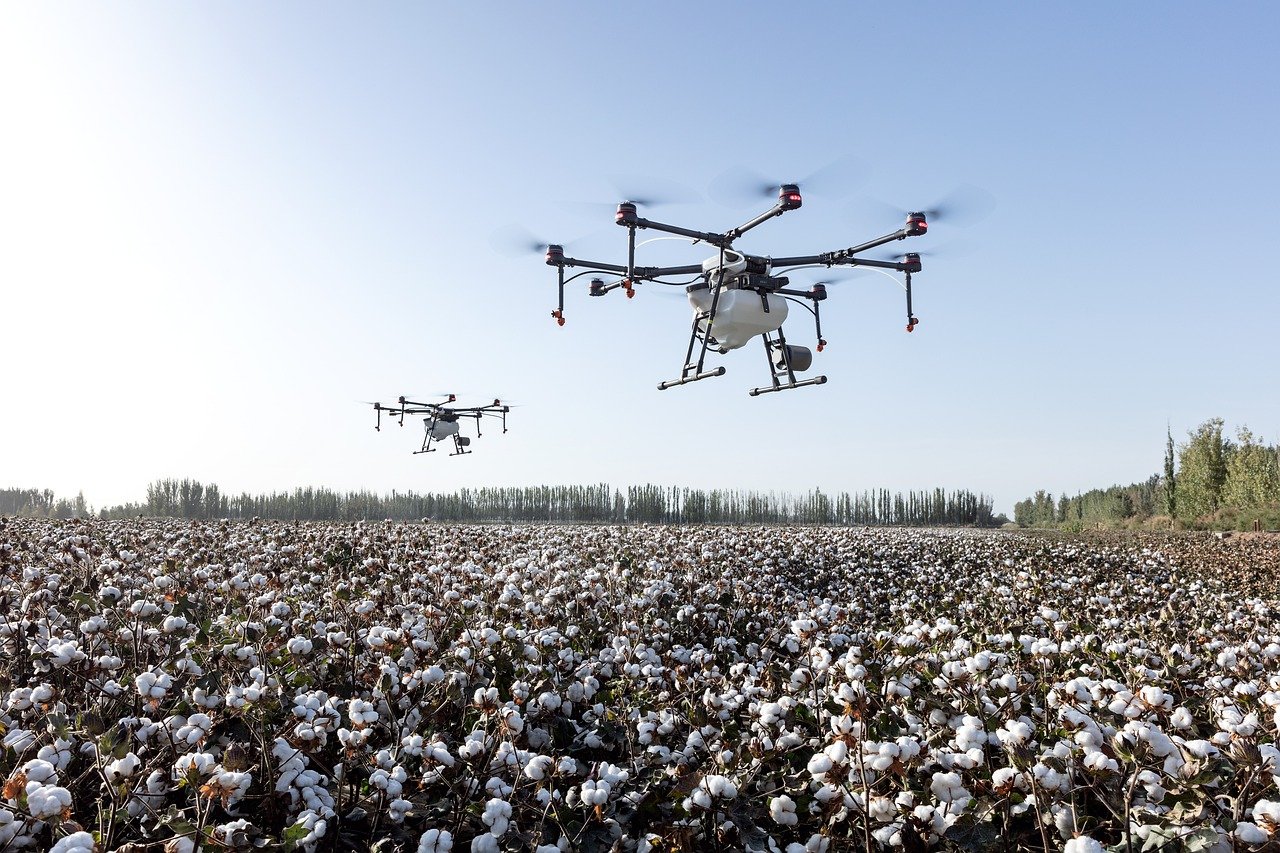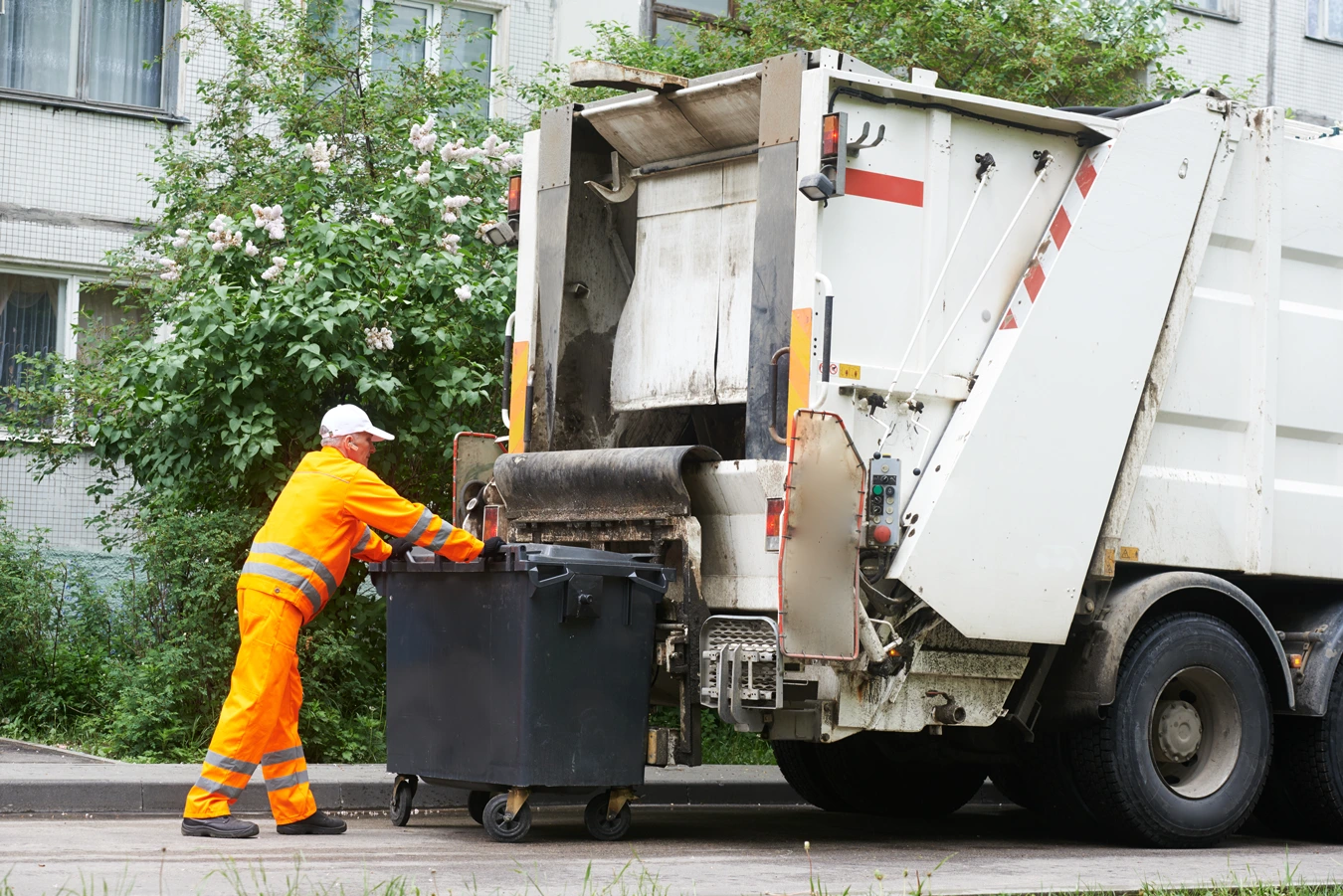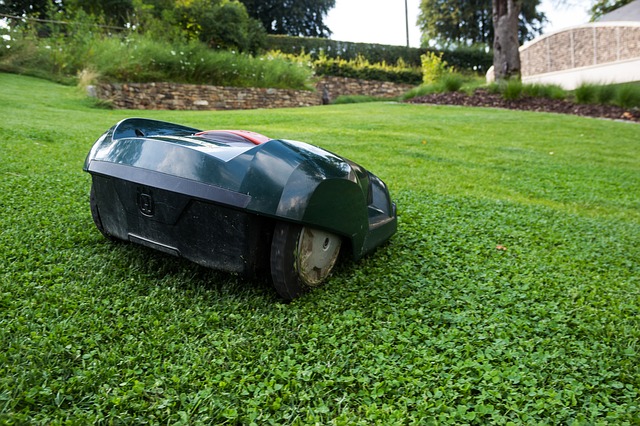Products
- Circular Connectors & Cable Assemblies
- D-Sub Connectors
- IP67 D-Sub Connectors
- D-Sub Backshells
- Micro-D Connectors & Cable Assemblies
- Power-D & Combo Mixed Connectors
- Push Pull Connectors
- D-Sub & Micro D Hardware
- Modular RJ45 Connectors
- USB Connectors
- D-Sub Adapters & Gender Changers
- SCSI .085"/.050"
- .050 Ribbon
- Headers & Receptacles
- Bayonet Connectors
Customizing Telematics for Unusual Fleets

Telematic systems have a core functionality which grew out of the needs fleet management for conventional work vehicles. Smart delivery trucks, for instance, have this basic model of metrics and monitoring most associated with telematics, which might include tracking of mileage and fuel consumption, the optimization of routes and schedules, and electronic reminders for good driving and regular maintenance.
This basic platform, however, is only the beginning of the data collection capabilities possible for remote fleet management. With specialty sensors and additional programming and analytics, telematics systems can get a lot more specific. Different industries with their own unique needs have added data collection and automation. Notable examples include:
- Construction: Beyond fleets of vans and pickups, telematics work for vehicles designed for excavation and heavy lifting which must fit into schedules for many different sites.
- Agriculture: Telematic monitoring oversees the proper usage of tractors, harvesters, and other farm machinery. Specialized sensors integrate with the telematics system to guide machines in a pattern for full crop coverage.
- Emergency services: Ambulances, fire trucks, and police vehicles customize standard features like GPS tracking and vehicle diagnostics to include real-time traffic updates, automatic routing, and more effective data sharing with dispatch.
- Public transportation: Buses and trains have benefited from customized telematics solutions. These systems can track vehicles and count passengers in real time to optimize schedules.

New Territory for Custom Telematics
While these systems have been established for years, newer and more creative ways to gain operational feedback are already underway. Some of these applications look beyond the fleet to the overall operational problem. Let’s look at some unusual situations that are making good uses of telematic customizations:
Trash Collection
Data generation usually occurs on fleets making the rounds, yet it can also come from the many stops along the way. In waste management, that means telematics makes networks of both garbage trucks as well as garbage bins.
A simple data point — whether a bin is empty or full — can transform a basic telematics platform into a money-saving machine for municipalities.
With reliable bin information, telematic route analysis can eliminate unnecessary stops. Studies show that eliminating pickups at addresses that don’t need it saves labor time, reduces fuel consumption, and shrinks carbon footprints — to a substantial degree.
Rugged Internet of Things (IoT) sensors on bins may be the catalyst for vast improvements in waste operations.

Lawn Care
While self-driving cars for the street seem to be mired in logistical and legal complexities, smaller autonomous vehicles focused on simpler applications seem to be further down the road, such as utility bots.
An emerging use for small mobile fleets is found in landscaping. A robotic lawn mower can be programmed to trim a golf course more or less the same as an autonomous vacuum sweeps your house.
Telematics on mower-bots provides remote vehicle status data that you would find in the basic model of fleets, but can also orchestrate greenway-wide coordination, so a fleet can work on the same fairway at the same time.
AOS, a maker of autonomous mowers, also develops mobile bots that concentrate on weed pulling. Perhaps we will see gardening fleets in the future.
UAVs
The word “fleet” in the context of telematics might immediately suggest a vehicle with wheels, but that impression may not be accurate much longer.
Now that drones, or unmanned aerial vehicles (UAVs), have government approval for Amazon deliveries, they will soon become a commonplace delivery method. One estimate for the UK predicts a nationwide airborne fleet of up to 300,000 vehicles, making about 1.75 billion deliveries per year.
Regardless of size or function, UAVs need telematic equipment that communicates their location, altitude, and trajectory, as well as the status of their payload. With a large fleet, telematics can provide the platform on which to build a localized traffic control, ensuring incoming and outgoing UAVs don’t run into each other.
Because drones require high-speed battery recharge, lightweight materials, and encounter extreme changes in temperature, they commonly require more robust rugged environment certified (REC) components.
Hardware for Customizations
Whether you want to add a few more sensors to an existing system or incorporate telematics into an unusual fleet, reliable hardware components are crucial for successful network operations.
The Norcomp catalog provides engineers with a wide selection of telematic-compatible connectors that are both shock and water resistant for rugged outdoor conditions. The most popular components for telematic projects are:
Circular Connectors These chassis mount connectors can be used to interface with M5/M8/M12 cables for sensor connections. The screw retention mechanism provides a high level of mechanical strength and reliability. These connectors comply with IP67/IP68 waterproofing requirements and have a wide operating temperature range.
Push-Pull Connectors These signal or power connectors use an internal latching mechanism which helps prevent accidental disconnects. These robust rugged connectors also have the ability to withstand high shocks and vibrations.
D-Sub Connectors These standard data connectors can mount to the chassis or directly to a PCB as through-hole components and come in variations that can handle moisture or heavy wear. With its condensed footprint, IP67 power connector sealing technology is ideal for commercial drone applications and many other harsh environment robotics.
Combination D-Sub Data/Power Connectors These connectors use a D-sub form factor that combines power and data connections into a single assembly, ideal for smaller telematics systems.
For more details about NorComp products for telematics and outdoor robotics, see our series of free brochures, or contact us to talk about the needs of your specific design application.
Go Back





